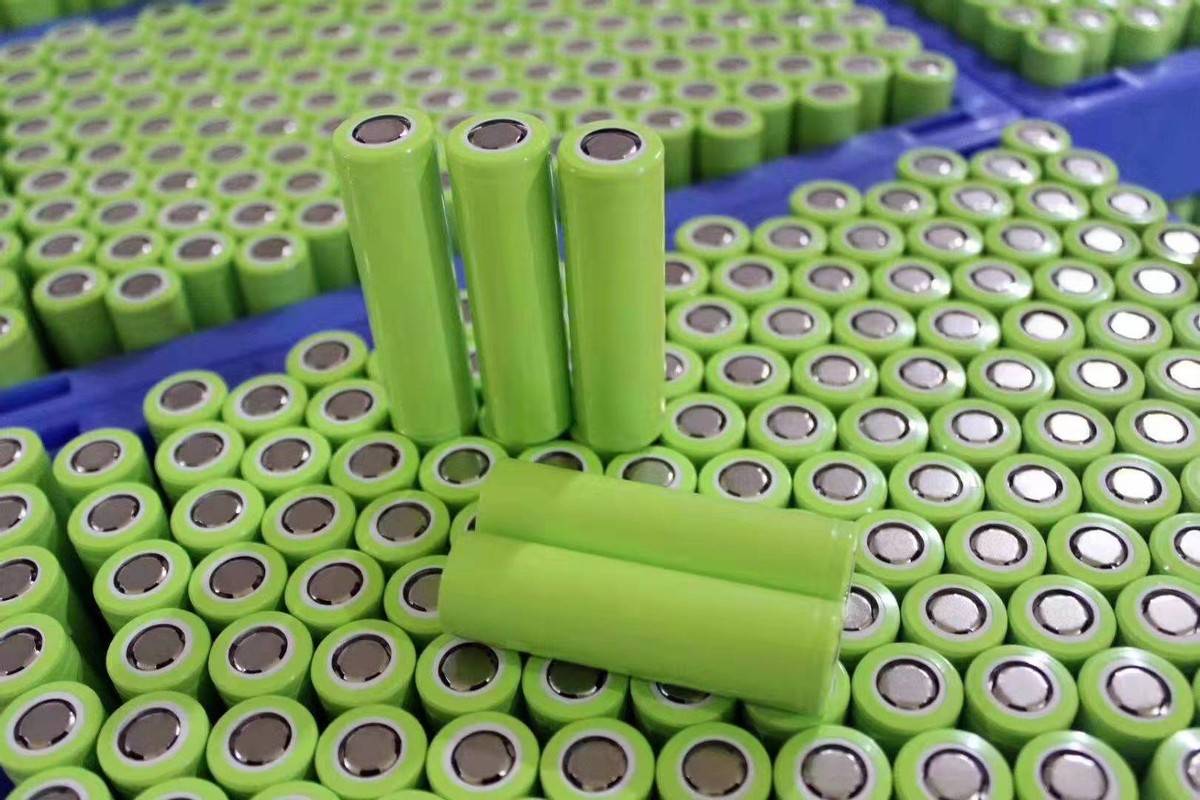The pioneer work of lithium batteries began in 1912 under GN Lewis, but it wasn’t until the early 1970s that the first non-rechargeable lithium batteries began commercial use. Lithium is the lightest of all metals, providing the largest electrochemical potential and the highest energy density by weight.
Attempts to develop rechargeable lithium batteries failed due to safety issues. Research turned to the use of lithium ions instead of metallic lithium in non-metallic lithium batteries due to the inherent instability of lithium metal, especially during charging. Although the energy density was slightly lower than lithium metal, lithium ions are safe as long as certain precautions are taken during charging and discharging. In 1991, Sony commercialized the first lithium-ion battery. Other manufacturers followed suit.
Lithium ion typically has twice the energy density of standard nickel-cadmium. It has the potential for even higher energy density. Its discharge characteristics are quite good, and it performs similarly to nickel-cadmium in discharge. The high battery voltage of 3.6 volts allows battery pack designs using only one cell. Most of today’s mobile phones run on a single battery. A nickel-based pack would require three 1.2-volt cells connected in series.
The lithium-ion battery is a low maintenance battery, an advantage that most other chemistries cannot claim. There is no memory and no scheduled cycling is required to prolong the battery’s life. In addition, the self-discharge is less than half compared to nickel-cadmium, making lithium-ion well suited for modern fuel gauge applications. Lithium-ion cells cause little harm when disposed.
Despite the overall advantages of lithium-ion, it has its drawbacks. It is fragile and requires a protection circuit to maintain safe operation. Built into each pack, the protection circuit limits the peak voltage of each cell during charge and prevents the cell voltage from dropping too low on discharge. In addition, the safeguarding circuit monitors battery temperature to prevent extremes. Most packs are rated at 1C up to 2C, with 1C being equal to the rated capacity of the battery in one hour. Such protection adds to the production cost.
Aging is a concern for most lithium-ion batteries and many manufacturers remain silent about this issue. After one year, the battery loses roughly 20 percent of its capacity per year independent of whether the battery is used or not. The aging occurs faster at higher temperatures. Storage in a cool place slows down the aging process of lithium-ion (and other chemistries). Manufacturers recommend storage at 15°C (59°F). In addition, the battery should be partially charged during storage, with a recommended charge value of 40 percent.
For cost versus energy density, the cylindrical 18650 lithium-ion cell is the most economical battery and is used for mobile computing and other applications that do not demand ultra-thin geometry. For thinner geometries, prismatic lithium ion offers the best compromise between cost-to-energy ratio and form factor.
Advantages
- High energy density – potential for yet higher capacities.
- Does not need prolonged priming when new. One regular charge is all that’s needed.
- Relatively low self-discharge – self-discharge is less than half that of nickel-based batteries.
- Low Maintenance – no periodic discharge is needed; there is no memory.
- Specialty cells can provide very high current to applications such as power tools.
Limitations
- Requires protection circuit to maintain voltage and current within safe limits.
- Subject to aging, even if not in use – storage in a cool place at 40% charge reduces the aging effect.
- Transportation restrictions – shipment of larger quantities may be subject to regulatory control. This restriction does not apply to personal carry-on batteries.
- Expensive to manufacture – about 40 percent higher in cost than nickel-cadmium.
- Not fully mature – metals and chemicals are changing on a continuing basis.
Post time: Jun-02-2023



